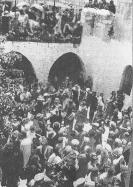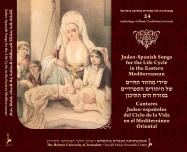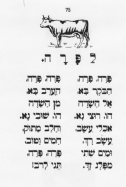(282 results found)
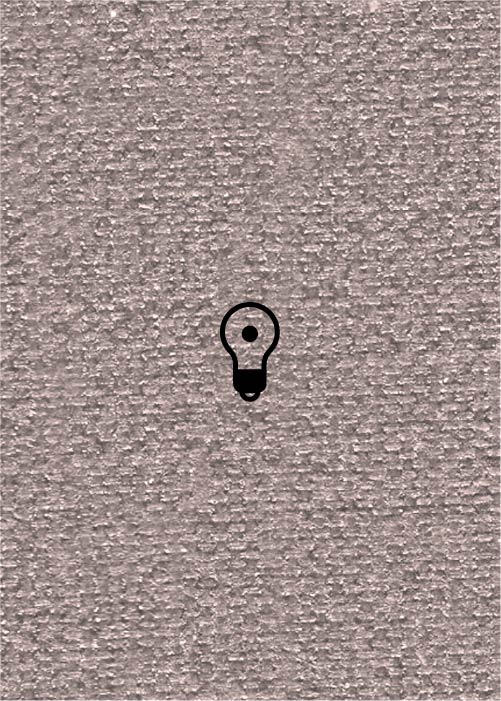
Kale bazetsen (LKT)
… minor and closely related chords, in particular the sub-dominant; e.g. the first section of the present example … D-Cm, is also not uncommon, and here sets the stage for the subsequent freylekhs (a lively dance tune in 2/4) in the …
Likhvod Hatanna Haelokai (In Honor of the Holy Tanna)
… Meron in the sixteenth century. These were intended as a substitute for the pilgrimage to the grave of the prophet …
Judeo-Spanish Songs for the Life Cycle in the Eastern Mediterranean
… after their immigration. The CDs are accompanied by a substantial trilingual booklet (English, Spanish, and …
Had Gadya in Israeli Culture
… It begins with a kid bought by the “father” (of the singer-subject of the song), which in the next verse is eaten by … Zunz. Fascinated by its unusual content, the song has been subjected by scholars to a plethora of hypothesis regarding …
Had Gadya
… It begins with a kid bought by the “father” (of the singer-subject of the song), which in the next verse is eaten by … Zunz. Fascinated by its unusual content, the song has been subjected by scholars to a plethora of hypothesis regarding …
Atah Ehad
… Wolf Binder emphasized this function of Atah E h ad as a substitute for the Minḥah service for the Sabbath in his …

Coplas - Complas
… and 18th centuries, and many more up to our century. Their subjects related to the Jewish festivities of the year …
Para Para
… Library in Jerusalem. The melody of Para Para by Abileah is substantially different in character than Cohen’s recorded …
Dort wo die Zeder: A Forgotten Zionist Anthem in German
… German-Jewish memory and survived (mostly in Germany), on a subterranean level, until the present. Text The author of …

Steiger Ahava Rabah
… closing motif. Its last note is the Finalis' leading tone (Sub-Tonic – the note B natural). 5. An additional heralding … a half tone. This sixth chord is called by cantors “major sub-dominant”, because the fourth note – A – is used as a …

